Sandhill Cranes in Michigan
By Glen Wunderlich
Outdoor Columnist
Member Professional Outdoor Media Association
Hunting for turkeys affords the birdwatcher in me an opportunity to digest the many sights and sounds of spring. No matter how early I rise to take a position afield for gobblers, the robins are already providing a feast for the ears with their merry melodies. I sure cannot think of a friendlier sound than the serenade of Michigan’s State bird, as I make my way along the trail. But, the undisputed king of the most magnificent of all bird calls has to be the Greater Sandhill Crane.
Their raucous trumpeting trill is unmistakable and can be heard for over a mile. Mated pairs of sandhill cranes call in unison, which explains why the sounds are so rapid. With their heads thrown back and beaks pointed upward, the female begins with two, higher-pitched calls for each of the male’s. The display provides a unique opportunity to distinguish the male from the female – an otherwise impossible task. As part of the calling session, the female raises her beak about 45 degrees, while the male does so at a vertical position.
With an average height of four to five feet and a wingspan of seven feet, the Greater Sandhill Crane is Michigan’s tallest bird. The adults, after the summer molting period, are gray with a red forehead; the young do not have the colored forehead markings. Sandhills that appear to be a reddish brown have actually tainted their feather color by preening with plants and mud rich in iron and lose the color variation after the summer molt and return to the all-gray color.
Believe it or not, hunting of Sandhill Cranes is permitted in nine states of the Central Flyway in spite of opposition from the usual suspects. What makes hunting these magnificent creatures controversial is their similar appearance to Whooping Cranes – an endangered species. To help combat the possibility of accidental shooting of whooping cranes a more-than-substantial penalty is in place: A fine of up to $100,000 and/or a year behind bars. In Kansas, for example, an online examination must be successfully completed before a license to hunt is given. For your own enlightenment and amusement, the website is https://secure.ksfishandwildlife.org/crane.
In Michigan, we also have the all-gray Great Blue Heron, which is similar in appearance. In flight, however, the heron’s neck has a distinct bend in appearance, while the Sandhill Crane’s neck is straight.
In addition, Great Blue Herons are typically found in or near water, while the Sandhill Cranes can be seen in farming fields satisfying their omnivorous craving for young plants, grains, and small animals like mice and snakes. The Sandhill Cranes love the wetlands adjacent to short vegetation allowing for sight-hunting. Large feeding flocks can totally devastate newly planted fields of grain and are often seen later in the season cleaning up waste grain after harvest.
In 1934 only 17 nesting pairs were in Southern Michigan. By 1987 a total of 630 nesting pairs were reported in the Lower Peninsula and an additional 175 pairs in the Upper Peninsula. They winter in southern Georgia and northern Florida.
I have found them to be quite wary of humans but was able to capture several photos, as I was leaving my turkey hunting location this past week and neared their nesting site.

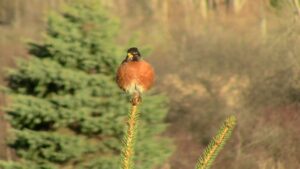
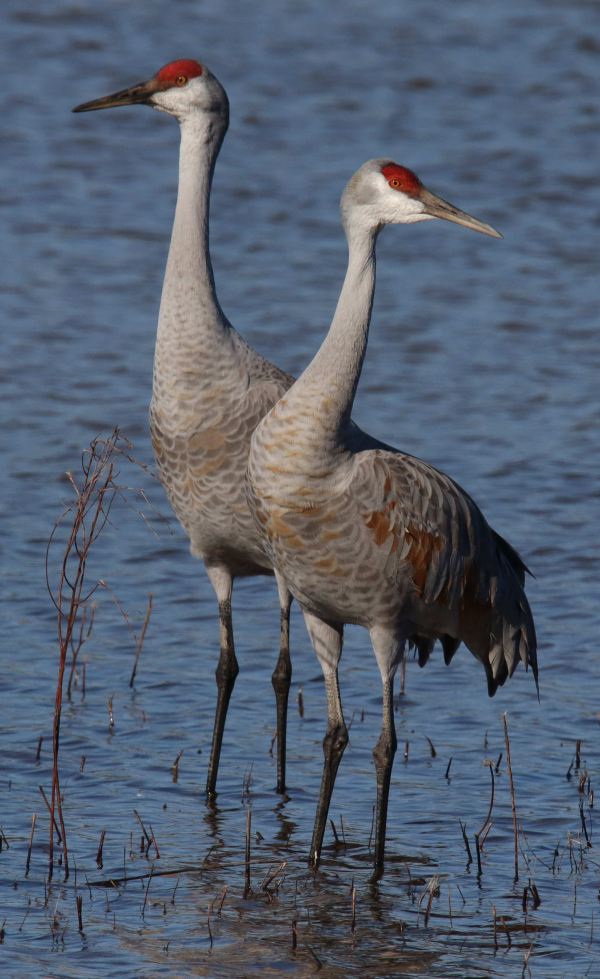

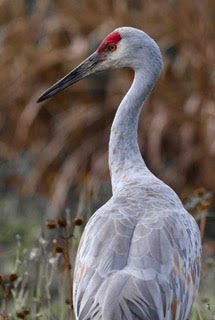
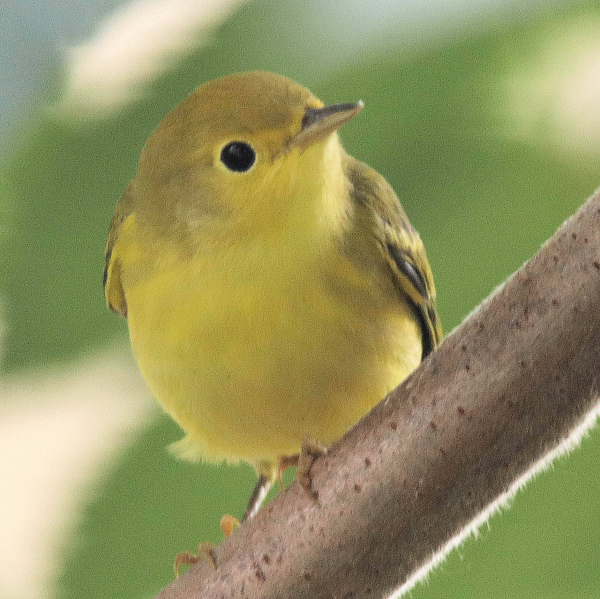
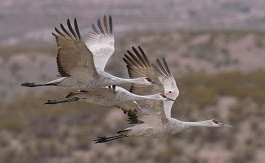
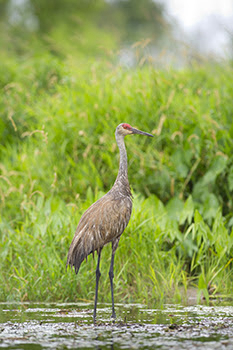

I couldn’t believe my eyes when I spotted two in a farm field when driving to work on February 26th! Now I’ll start watching for Robins.
I also saw a flock of grackles at my feeder but they moved on already. Thankfully, no cow birds yet.